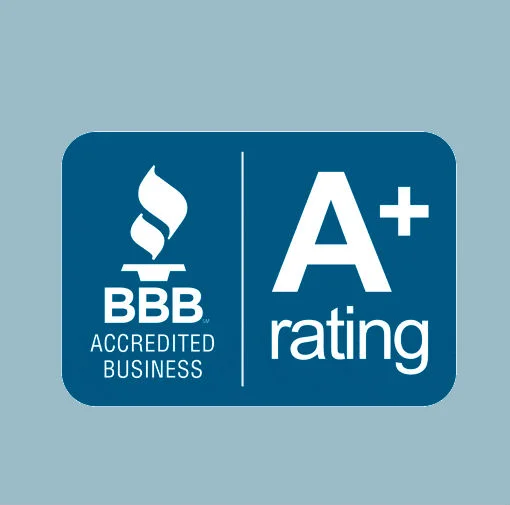Your Online Neighborhood Watch: Are You Advertising on Unsafe Sites?

Unfortunately, there’s no organized “neighborhood watch” in the digital landscape. We all know the internet can be a place where people feel empowered to post their controversial ideas. And sometimes, businesses inadvertently find themselves side-by-side with content that only exists to spread hateful or even dangerous speech. In other words, your online advertisements can end up in the wrong part of town.
This week, one of the largest advertisers in the world, Unilever, made a powerful statement to Google and Facebook: clean up your ad placements or face the consequences. What power does your healthcare practice have in preventing ads from stumbling into these dangerous online sites?
Big name brands pull major ads
Advertising giant Unilever claims that companies like Google and Facebook are failing to control their content, with no means of ensuring family-friendly brands are not associated with hateful remarks. That’s right, the corporation in charge of everything from Dove to Ben & Jerry’s is threatening to yank its ads from the two biggest media platforms in the world.
But this isn’t the first time Google has faced some major “techlash” from advertisers. Ads for soda pop or detergent displayed on videos of racist rants or exploitative content lead big names like PepsiCo and Walmart to take action and pull their ads from YouTube in 2017.
Google and Facebook have responded to the backlash in a number of ways, promising to give advertisers more control and work with brands like Unilever to support their commitment to safe-neighborhood sites.
And yet, this hasn’t been enough of a change for some of the world’s biggest spenders in advertising. Rather than simply changing algorithms (which content creators can ultimately find ways to work around), top brands believe huge companies should be using real people to monitor content given advertising revenue.
How healthcare marketing can fight back
When ads run alongside questionable content, companies inadvertently support the content creators through third-party ad revenue. No doctor’s office or hospital wants to be tied to a hateful YouTube rant or explicit content.
But is pulling your ads from Facebook and Google the answer? When 72% of the market share of searches come through Google, the loss of advertising opportunities and revenue could be catastrophic.
We don’t think it’s up to healthcare organizations like yours to take this hit.
Let brands like Unilever and PepsiCo, who have billion-dollar advertising budgets, be your voice when it comes to pulling ads from potentially volatile sites. In the meantime, take the right steps to boost your own reputation so you don’t have to worry about any misconceptions of your practice.
Your step-by-step plan
Targeted healthcare marketing helps to take the mystery out of your ad campaigns. When you have a solid digital marketing plan in place, you don’t have to worry about your brand taking a hit if ads appear in a questionable market. Here’s what you can do:
- Use Google’s brand safety tools. Google AdWords features content exclusion settings that allow you to opt out of having your paid searches appear for certain categories of sites.
- Keep track of the changing landscape on online ads. As pressure mounts from advertising giants like Unilever and AT&T, Google and Facebook are bound to put more focus on human judgment rather than algorithm-based ad placement. Keeping up with the latest changes shows patients you’re aware of the problem and committed to holding advertising companies accountable.
- Focus on your reputation. If you commit to developing a positive reputation, this is what patients will remember most about your brand. Work on what you can change rather than stressing about the possibility of landing your ads in an unsafe online neighborhood.
- Restrict the parameters of your ad campaigns. One way around this issue is to have the right paid digital campaign strategy in place. Targeted search campaigns involve bidding on search terms that you want, and that means you don’t have to worry about any unexpected searches bringing down your brand.
- Work with a respected Google Premier Partner. All in all, your best bet is likely going to be in working with paid search professionals. This helps you to focus on keyword strategy and budget planning through Google AdWords so that your brand is seen by the right people at the right time. Of course, we at Healthcare Success are one of Google’s leading healthcare Premier Partners, and we’d love to help you.
We’ve said it before: the Internet is healthcare’s front door. You want to make sure there’s a friendly face waiting for you on the other side. Working with the right team of marketing professionals is usually the best type of neighborhood watch in the online world, and we’d love to help you get started.
Related Articles:
5 Challenges for Advertising Healthcare on Google
Digital Marketing Is The New Wave of Healthcare Marketing
Digital Ads and Healthcare: What Makes Some Companies So Successful?
Why Social Media is Great for Advertising (Yes, Even Healthcare)
Four Reasons Facebook & Instagram Advertising Are Essential for Healthcare Marketing









